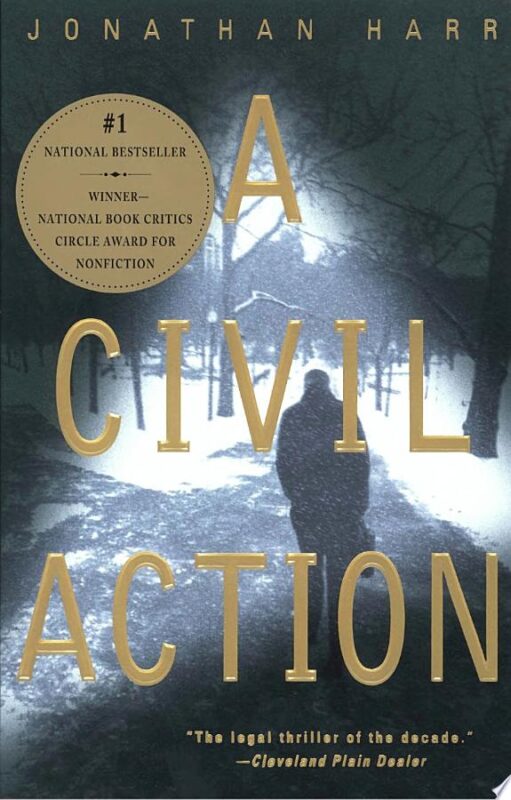Insurance Adjustment and Appraisals
Part I
There are two types of appraisals. Those performed by one person, e.g., that of artworks, the value of the real estate, etc. The others are performed by perfectly stable committees as to size, e.g., those consisting of X number of persons all through the process, and usually there is an odd number. Then there are less than stable committees as to size; those expand if the first member cannot reach a decision. Insurance appraisals are of the last type. They start with two members and then expand to three members of the two original members who cannot reach a solution or do not do so over a reasonable period of time.
One purpose of the appraisal is to reach a solution as to the size of the insured’s damages and the amount the insurance company shall pay. It is designed and intended to shorten the length of time arguing over disputed amounts both with respect to probability and its amounts. At least, in theory, the language of the clause explicitly states that the amount of recovery is THE issue. Courts and litigant-participants don’t always either realize. Or maybe they know it, but just ignore it. This is a fact I shall ignore in this set of posts.
In order to discuss appraisal in a meaningful way, it is necessary to have the contractual provision clearly in mind. It is a standard provision included in (at least virtually) all first-party property insurance policies unless deleted. It is currently found in the ISO “form” property policies, and it has been there for several generations, whether residential or commercial.
Appraisal clauses are to be found in insurance contracts all over the world and are not restricted to first-party property insurance. It generally applies to first-party insurance of all types, including for intangible “objects” and/or “processes.” They are found in the “Conditions” section of the ISO policies.
The ISO language, entitled “Appraisal [,]” is as follows:
If we and you disagree on . . . the amount of the loss, either may make written demand for an appraisal of the loss. In this event, each party will select a competent and impartial appraiser. The two appraisers will select an umpire. If they cannot agree, either may request that selection be made by a judge of a court having jurisdiction. The appraisers will state separately the value of the property and the amount of loss. If they fail to agree, they will submit their differences to the umpire. A decision agreed to by any two will be binding. Each party will:
- Pay its chosen appraiser; and
- Bear the other expenses of the appraisal and umpire equally.
- If there is an appraisal, we will still retain our right to deny the claim.
Appraisal clauses are enforceable by legal process under a variety of circumstances, usually when an umpire (“Ump”) has decided the issue. It is extremely difficult to avoid the enforcement of an appraisal by judicial process; it very rarely ever happens, although it should happen more often when a principle of sound adjustment appraisal has been violated by one or more of those doing the appraising. Almost always these violations are connected with Umps. (I will return to this topic.) Appraisal clauses are enforceable under a great many circumstances, and the finality that often goes with them is quite often enforced. Dividing up the clause and thinking about it step-by-step might be a good idea. The propositions shall be entitled “P,” and numbered, e.g., “P#76”, to create a fictional number for illustration. Some of the following are explicit requirements found right on the surface. Others are just under the explicit wording:
- P#1. There must be a written demand for an appraisal of the loss.
- P#2. There must be evaluations of the amount of the loss by each of the appraisers.
- P#3. There is no reason why the appraisers may not try to reach an agreement on their own. The probability of reaching an agreement is increased by there being separate thinking and cooperative mutual discussions and dedication. An appraisal is not intended to be adversarial advocacy.
- P#4. Each appraiser nominated by either side must be competent.
- P#5. Each appraiser nominated by either side must be impartial.
- P#6. Together with the appraisers “will select” and appoint [or attempt to appoint] an umpire.
- P#7. If they cannot do so, either party may request that an umpire be appointed by a judge of a court of jurisdiction.
- P#8. Each of the appraisers shall, separately, state [presumably in writing] both the value of the property and [the] amount of loss.
- P#9. If their statements are not in agreement [or if they fail to agree otherwise], they will submit their differences to the umpire.
- P#10. If two of the three agree then that agreement is the result and it is binding. I now turn to an analysis of the propositions and express opinions. [For obvious reasons, the ump will be one of the two.]
The propositions, unamended and unsupplemented, are to be found in virtually all property policies. Of course, they can be changed by agreement, and they can even be eliminated, but both of these are very rare, and they never happen at all in smaller policies. There are some variations, and one will be discussed later.
Part II will be mostly concerned with analyses of the forgoing “Big Ten.”







Recent Comments